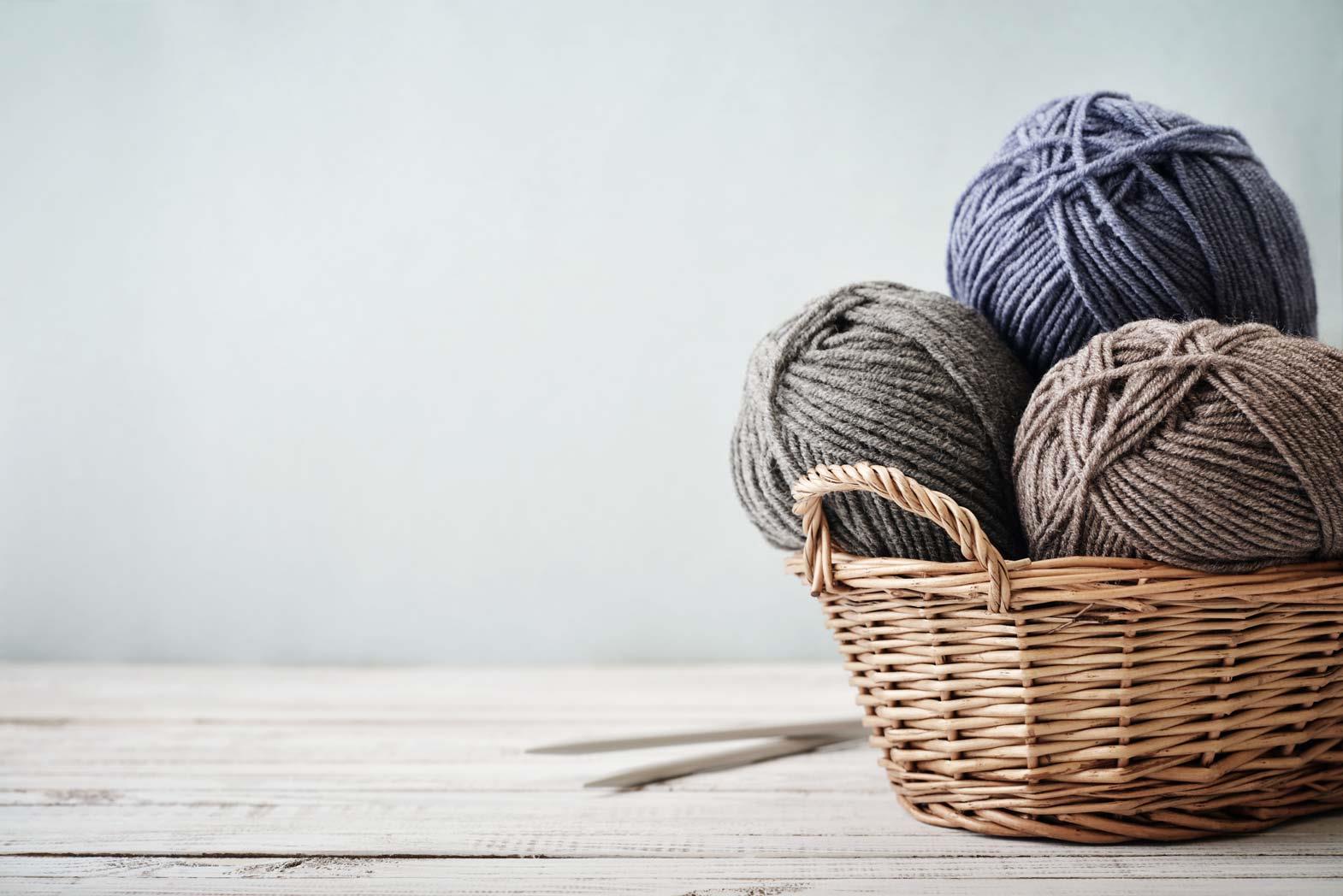In the carding process, the fibres are separated and then brought together into a loose strand (sliver or tow). The process involves the use of a machine that splits up the locks and tangled clumps of fibre and then lines up each fibre so that all the fibres are almost parallel with each other. The carding machine contains a single large roller that is surrounded by small rollers. The rollers are enveloped with small spikes.
As the process progresses, the yarn is turned finer by the spikes. Silver-looking large ropes of fibres are formed by the process. The process of carding can also be used to make blended fabrics involving different types of fibres and colours. This process is important in the spinning process of various types of fabrics, especially in the woollen spinning cycle. In the case of woollen spinning, the carding process helps in attaining the level of quality that the manufacturer wants.
The carding machine used in woollen spinning is more on the traditional side, as the cylinders are covered with clothing angled at different degrees. These cylinders rotate at varied speeds, controlling and influencing three cardinal actions: carding, stripping, and raising. When properly combined, the clumps are opened, and the fibres are separated from the clothing.
Speaking extensively, the carding process signifies the processes of willowing (wherein fibres are loosened), lapping (wherein the dust is removed), carding (untangling the tangled yarn), and drawing (the final process of quality improvement in the spinning mill). The carding process gets rid of impurities, further blends the raw material, lessens the blend to a fibre mesh, and divides it into rovings of the required count, which are suitable for feeding to the spinning machines.
On the flip side, at times, the carding process can result in nep formation, i.e., the formation of small entanglements of fibres that cannot be untied. The nep can be formed following insufficient stripping, a dirty grid bar, rough flats settings, a high speed of the roller, and if under-casing is blocked by waste. Poor flat stripping can also result in holes or patches in the card web. Carding can also result in high sliver variation, mainly due to the disparity in draft between cards.
Nevertheless, these problems can easily be controlled. The high sliver variation problem is mainly due to problem in maintenance of carding machine. If the machine is aptly maintained, then the end results will be far better and problem concerning silver variation can easily be overcome. The parts of machines that have expired must be immediately replaced for enhanced results. In the modern day machines that employ advance technology, the cards and auto leveller are electronic that adjust the sliver weight automatically. But, even if the machine is automated, checking sliver weight manually is still required.
The nep formation can also be prevented by ensuring that the machine is repaired on time. It is important to inspect each and every part of the machine from time to time. The flat setting plays a very crucial role in reducing nep formation, so the setting must not be uneven. Suction waste point should not be chocked.
There are different types of carders. Hand cards are primarily designed into square or rectangular paddle shapes, and the sizes they are made into range from several sizes, such as 2 x 2 inches or 4 x 8 inches. Drum carders are one of the simplest carders, that contain dual rollers or cylinders or drums that are enveloped under the sheath of card clothing. Drum carders consist of a crank which is hand operated. But, some drum carders also have electric motor for this process. The drums bring in the thread, bring it up and then line up the fibres. Drum carders also have a soft-bristled brush attachment that compresses the fibre into the storage drum. This attachment ensures that the fibres are additionally straightened to the condensed fibre. Cottage carding machines are very different from the drum card. Unlike the drum carders, these carders do not store fibre in the card cloth; rather, fibre has to go through the workings of the carder for storage or for additional processing by other machines.
Carding process is the core of spinning process that dictates the quality of yarn and the end product. It is indispensable to ensure that the fibres are flawless for flawless fabric formation. The impact of investing in carding machines and ensuring their proper maintenance is profound. It is one of the best tools for creating quality yarns.
References:
1. Textileschool.com
2. Textilelearner.com
3. Wikipedia.com








Comments